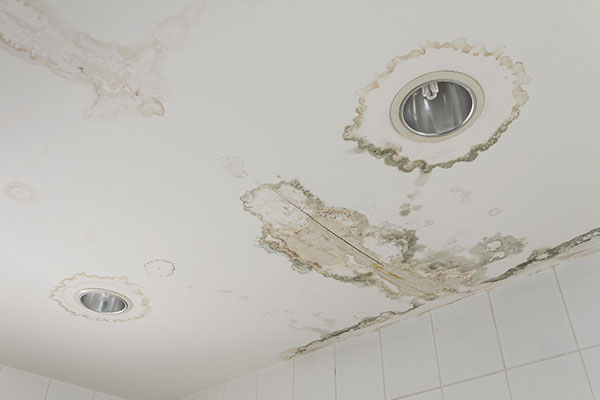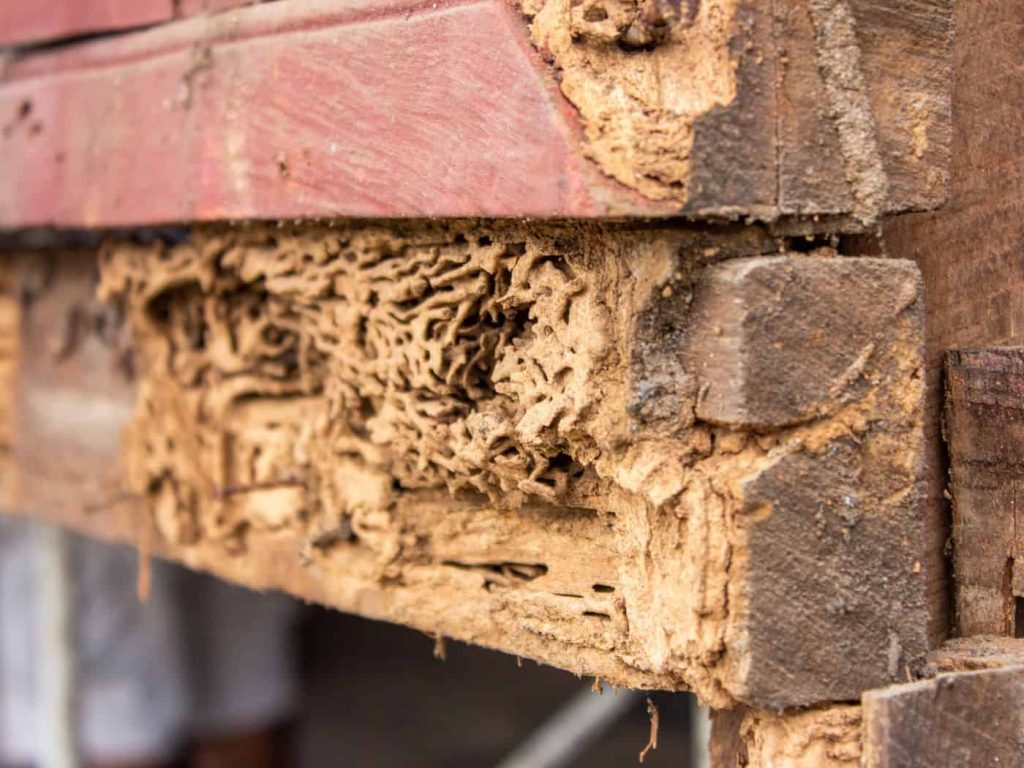Building defects can pose significant risks to the safety, functionality, and value of a home. In New South Wales, various factors, including climate, soil conditions, and construction practices, contribute to common building defects. Understanding these defects is crucial for homeowners, prospective buyers, and property investors to ensure the longevity and safety of their properties. This blog will explore some of the most common building defects found in NSW homes and offer insights into how they can be identified and addressed.
1. Structural Cracking
Causes:
– Soil movement due to expansive clay soils, common in many parts of NSW, can lead to structural cracking in foundations and walls.
– Poor construction practices, such as inadequate footing design or improper compaction, can exacerbate this issue.
Identification:
– Look for cracks in walls, ceilings, and around doors and windows. Cracks wider than 5mm or those that appear in a stair-step pattern in brickwork are particularly concerning.
Solutions:
– Engage a structural engineer to assess the severity of the cracks.
– Repair may involve underpinning to stabilize the foundation or filling cracks with appropriate materials.
2. Water Ingress and Dampness
Causes:
– Poor drainage around the property, faulty gutters and downpipes, and inadequate waterproofing can lead to water ingress.
– NSW’s coastal regions are particularly susceptible to moisture-related issues due to high rainfall and humidity.
Identification:
– Signs include damp patches on walls, peeling paint, mould growth, and musty odours.
– Check for water stains on ceilings and around windows.
Solutions:
– Ensure proper drainage and repair any leaks in the roof, gutters, or plumbing.
– Install or improve waterproofing membranes in areas prone to dampness, such as basements and bathrooms.
3. Roof Defects
Causes:
– Harsh weather conditions, such as storms and heavy rainfall, can damage roofing materials.
– Poor workmanship during installation or the use of substandard materials can also contribute.
Identification:
– Look for missing, cracked, or curling roof tiles or shingles.
– Check for leaks in the attic or ceiling after heavy rains.
Solutions:
– Regularly inspect and maintain the roof, replacing damaged tiles as needed.
– Ensure proper installation of flashing and sealants around roof penetrations.
4. Defective Plumbing
Causes:
– Ageing pipes, poor installation, and corrosion are common causes of plumbing defects.
– Tree roots infiltrating sewer lines can cause blockages and leaks.
Identification:
– Look for signs of water damage, such as wet spots, stains, or mould growth near plumbing fixtures.
– Pay attention to slow drains, low water pressure, or unusual noises in the plumbing system.
Solutions:
– Regularly inspect and maintain plumbing systems, replacing old or damaged pipes.
– Use professional plumbers to install and repair plumbing fixtures and systems.
5. Electrical Issues
Causes:
– Outdated wiring, poor installation practices, and overloaded circuits can lead to electrical defects.
– NSW’s older homes are particularly prone to having obsolete or unsafe electrical systems.
Identification:
– Watch for flickering lights, frequent circuit breaker trips, and outlets that are warm to the touch.
– Check for outdated wiring types, such as knob-and-tube or aluminium wiring.
Solutions:
– Have a licensed electrician inspect the electrical system and perform necessary upgrades.
– Replace outdated wiring and ensure that the electrical system meets current safety standards.
6. Termite Damage
Causes:
– NSW’s warm climate provides an ideal environment for termites, which can cause significant structural damage if left unchecked.
Identification:
– Look for hollow-sounding wood, discarded wings, mud tubes on walls, and small holes in wood surfaces.
– Regular termite inspections by a professional are crucial.
Solutions:
– Implement preventative measures, such as using termite-resistant materials and maintaining a barrier between soil and wood.
– If termites are detected, engage a pest control professional to treat the infestation and repair any damage.
7. Poor Insulation and Ventilation
Causes:
– Inadequate insulation and ventilation can lead to energy inefficiency and moisture problems.
– NSW’s varying climate conditions make proper insulation and ventilation essential for comfort and energy savings.
Identification:
– Noticeable temperature variations between rooms, high energy bills, and condensation on windows are signs of poor insulation and ventilation.
Solutions:
– Upgrade insulation in walls, ceilings, and floors to meet current standards.
– Ensure adequate ventilation in attics, basements, and crawl spaces to prevent moisture build up and improve air quality.
8. Flawed Waterproofing in Wet Areas
Causes:
– Inadequate or improperly installed waterproofing membranes in bathrooms, kitchens, and laundry areas can lead to leaks and water damage.
Identification:
– Check for water stains, mould growth, or peeling paint around wet areas.
– Inspect grout and sealant lines for cracks or gaps.
Solutions:
– Repair or replace damaged waterproofing membranes and reapply grout and sealant as needed.
– Ensure that all wet areas are properly sealed and maintained.
Understanding common building defects in NSW homes is essential for maintaining the safety, functionality, and value of a property. Regular inspections, timely repairs, and preventive measures can help mitigate the risks associated with these defects. Whether you are a homeowner, prospective buyer, or property investor, being aware of these issues and how to address them can save you time, money, and stress in the long run. Investing in professional inspections and maintenance is a wise decision to ensure your home remains in top condition for years to come.








